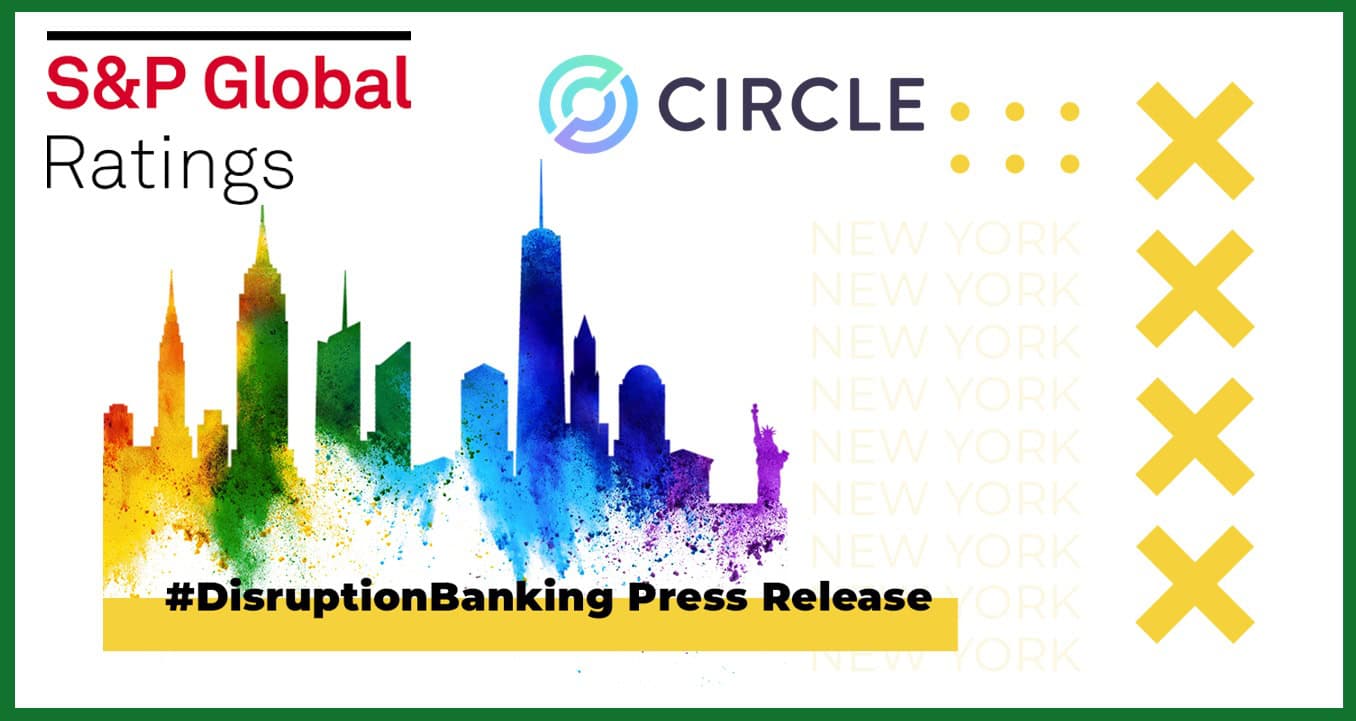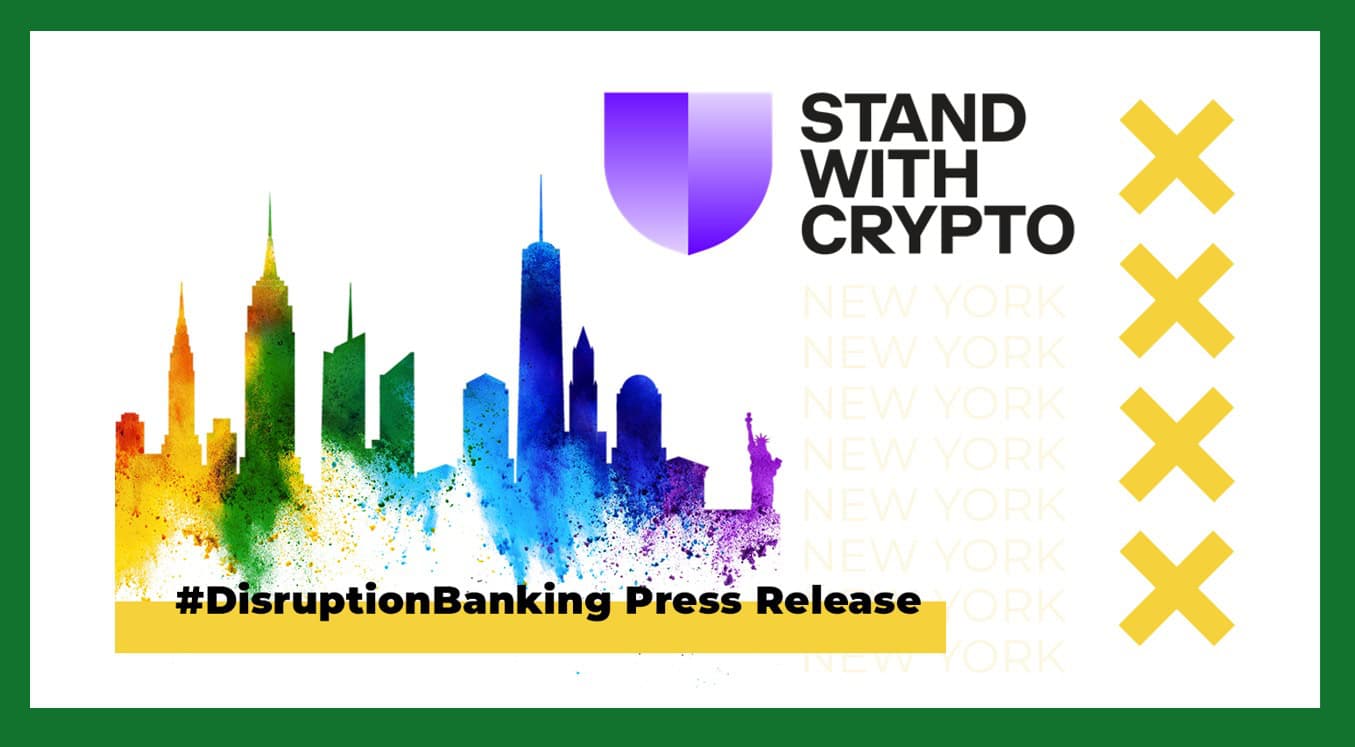When you think of America’s financial institutions, JPMorgan Chase is at the top of the list. It’s the largest bank in the United States by assets and a giant on the global stage. But its role in the Dow Jones Industrial Average (DJIA) tells a deeper story, one of performance, influence, and a constant ability to adapt to public scrutiny.
Rewriting the Dow: From Industry to Finance
JPMorgan Chase (then J.P. Morgan & Co.) first joined the Dow on May 6, 1991. The Los Angeles Times reported that Walt Disney (entertainment), Caterpillar (equipment), and “J. P. Morgan, one of the nation’s premier banks,” were added to the DJIA to replace companies like U.S. Steel (USX Corporation), Navistar, and Primerica (formerly American Can), respectively.
As Norman Pearlstine of the Wall Street Journal explained, these changes were meant to “reflect changes in the stock market and the economy” – tilting the Dow toward services, entertainment, and finance, rather than its traditional industrial roots. In practical terms, JPMorgan Chase – already a top investment bank – exposed the Dow to the financial sector, which had previously been underrepresented.
Mergers that Moved Markets
Since its Dow entry, JPMorgan’s business and stock have grown substantially. The company steadily expanded through mergers – famously acquiring Bank One (2004), Bear Stearns (2008), Washington Mutual (2008), and most recently First Republic (2023).
Its history page notes a lineage of over 1,200 predecessor firms (including Chase Manhattan, and others) that have made what we know today as JPMorgan Chase. These deals alongside strong organic growth have helped JPMorgan become the largest U.S. bank by assets with a market cap of $739+ billion.
Even during crises, JPMorgan has fared well. For example, a Disruption Banking analysis of the bank’s quarter four 2020 results called that year “splendid” for JPMorgan. Despite the pandemic, the bank generated record revenue and a $12.1 billion profit, driven by its diversified model. Investment banking fees were one of the highlights, the bank reported a 34% jump in global investment banking fees and a 20% rise in trading revenue in Q4 2020.
Assets under management in its asset- and wealth-management division grew 17% to $2.7 trillion. Book value per share (a gauge of net worth) rose about 8.4% that year. An earlier 2020 story noted that JPMorgan’s “Fortress Balance Sheet” had been a core strength through the crisis.
Profits that Power Wall Street
More recently, JPMorgan’s performance has remained strong. Its stock (JPM) price has climbed to new highs. As of publishing, JPM closed at about $266, near its peak of $278 in early 2025, according to Macrotrends data.
On Wall Street, analysts highlight that JPMorgan delivered record profits in 2024. A Reuters report noted that the bank’s annual profit was the highest ever, powered by a rebound in dealmaking and trading.
In Q4 2024 alone, JPMorgan reported record annual profits of $58.5 billion, confirmed by its earnings release. Investment banking fees jumped 49% year-on-year and trading revenue was up 21%. The bank even forecasted roughly $94 billion in net interest income for 2025, exceeding Wall Street expectations. Its stock reacted: JPMorgan shares climbed nearly 3% on the report and had surged roughly 41% over all of 2024 (Reuters).
Crypto Pivots and Global Index Plays
Since its Dow inclusion, JPMorgan has made many strategic moves that have influenced markets. One recent area is digital assets. In October 2023, Disruption Banking reported that JPMorgan’s UK retail arm (Chase UK) banned cryptocurrency purchases due to rising fraud.
This was surprising given that JPMorgan’s blockchain unit (then called Onyx) was pioneering digital currencies and payments. The article noted the challenge: JPMorgan had launched JPM Coin and built its own blockchain platform, yet it was now curtailing crypto use in its UK consumer business.
By mid-2025, the bank’s stance had evolved: CEO Jamie Dimon announced that JPMorgan would allow clients to buy cryptocurrencies (though the bank itself would not hold them in custody). This shift – from banning retail crypto purchases to supporting customer access – highlights JPMorgan’s pragmatic approach.
Another major strategic area is global markets and index business. On May 14, 2024, Disruption Banking covered JPMorgan’s emerging markets bond index and how India was set to join. Gloria Kim, JPMorgan’s global head of index research, said India would be included by mid-2024. The inclusion was expected to attract $20–25 billion in foreign investment into Indian bonds.
Indeed, India’s entry into JPMorgan’s benchmark index (the GBI-EM) was seen as a boon for Indian markets. This illustrates how JPMorgan’s own index products can move capital flows worldwide.
Reports this year, however, note volatility: capital flows into India have fluctuated due to US rate changes and geopolitical factors.
Swaying the Dow’s Global Pulse
By the early 1990s, JPMorgan (JPM) had become a financial powerhouse, shortly after its merger with Chase Manhattan (1985) and other acquisitions. The company’s size, global reach, and profitability made it a Dow-worthy blue-chip.
JPMorgan’s DJIA weight (about 3.8% — Slickcharts) is among the larger single-stock weights in the index, meaning its stock price swings have a meaningful impact on the Dow.
Today, JPMorgan is one of only a few finance-related stocks in the DJIA (along with Visa, Goldman Sachs, American Express, and Travelers, for example), and it often ranks near the highest-priced shares in the index.
Scandals in the Spotlight: A Global Test
JPMorgan Chase is facing renewed legal and reputational pressure following two major revelations. New court filings from the U.S. Virgin Islands Attorney General allege that the bank not only facilitated but actively participated in Jeffrey Epstein’s sex-trafficking operation from 2006 to 2019.
The Attorney General of the U.S. Virgin Islands has filed new documents in its federal lawsuit against the largest bank in the United States, JPMorgan Chase.
— Patrick Webb (@RealPatrickWebb) July 27, 2023
Meanwhile, a Financial Times report disclosed that JPMorgan and HSBC unwittingly processed payments for companies in Africa tied to Yevgeny Prigozhin, the late Russian warlord behind the Wagner Group. While both banks deny knowingly enabling any wrongdoing, the cases raise serious concerns about JPMorgan’s oversight, compliance systems, and ability to detect illicit financial activity over extended periods.
Anchoring the Dow in a Changing World
JPMorgan Chase has delivered strong results both before and after joining the Dow. It has outperformed the broader market over the long term and evolved through every financial era. From tech adoption to global strategy, from crisis management to crypto skepticism, JPMorgan is always at the center of the financial world.
Its place in the Dow isn’t just symbolic. It’s a reflection of the bank’s consistent performance, intentional vision, and ability to lead in a rapidly changing world.
For long-term investors, it remains one of the most reliable names in finance.
For the Dow, it’s a heavyweight anchor that still has plenty of fuel in the tank.
Author: Richardson Chinonyerem
The editorial team at #DisruptionBanking has taken all precautions to ensure that no persons or organizations have been adversely affected or offered any sort of financial advice in this article. This article is most definitely not financial advice.
#JPMorgan #DowJones #CapitalMarkets #FortressBalanceSheet
See Also:
Who Will Succeed Jamie Dimon as JP Morgan CEO? | Disruption Banking
What happened to Onyx by JP Morgan? | Disruption Banking
What JP Morgan’s Results mean for Investment Bankers | Disruption Banking














